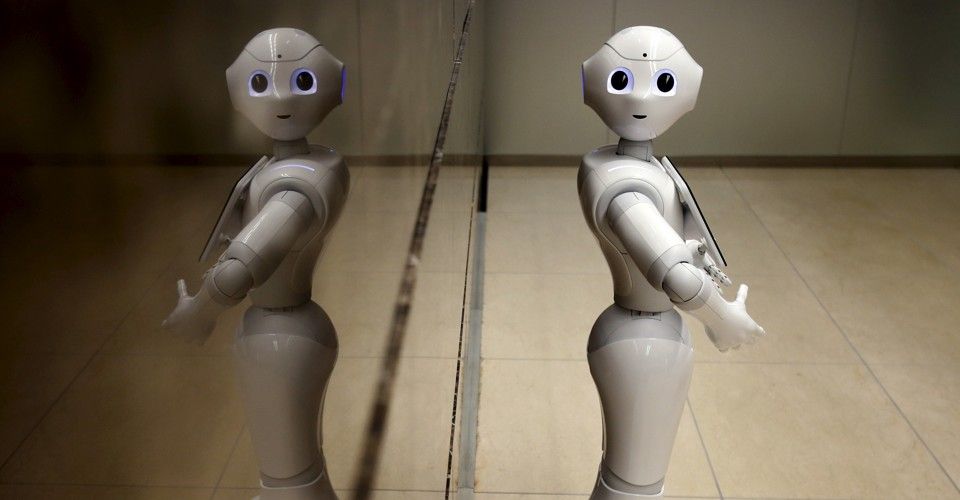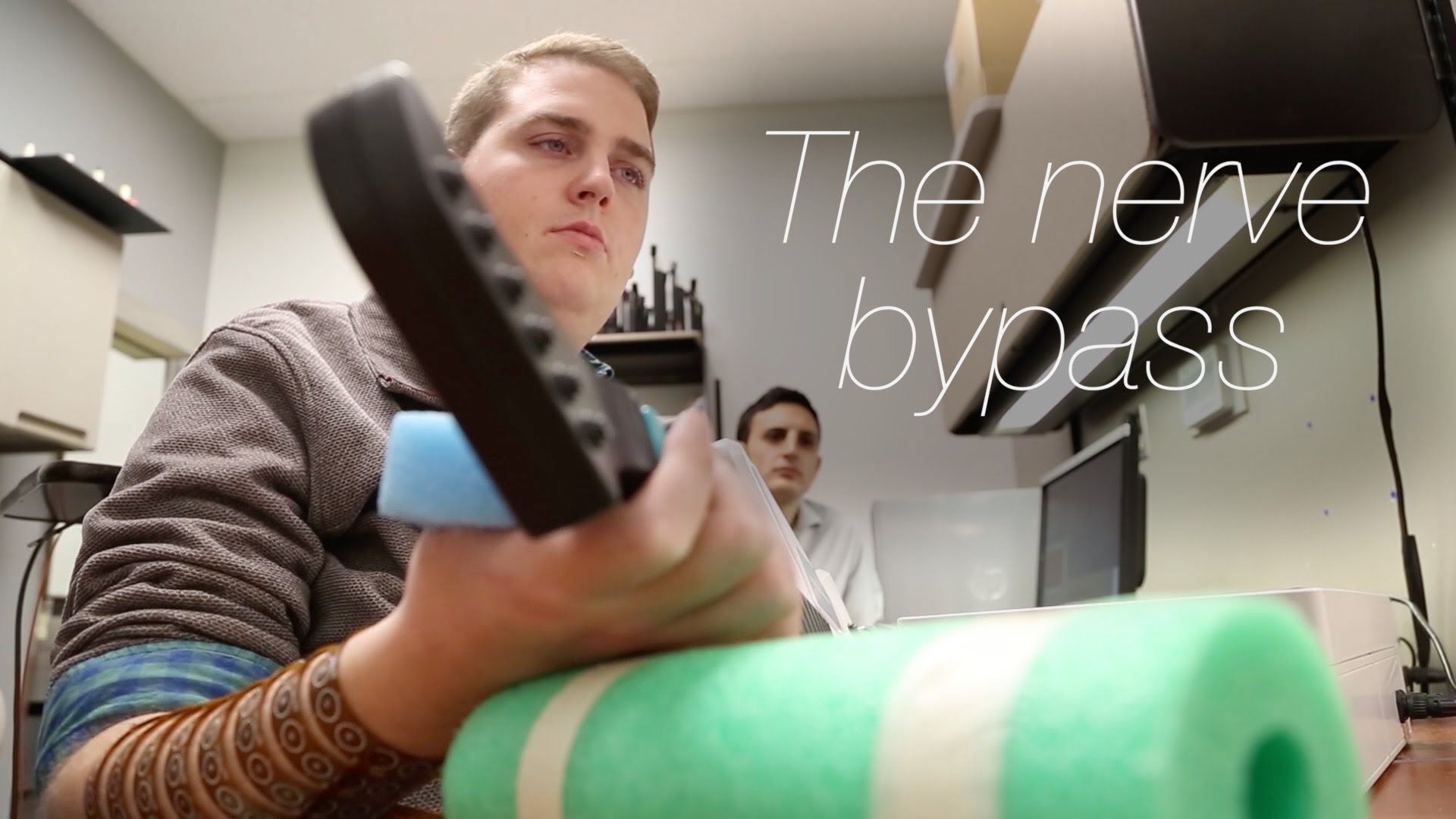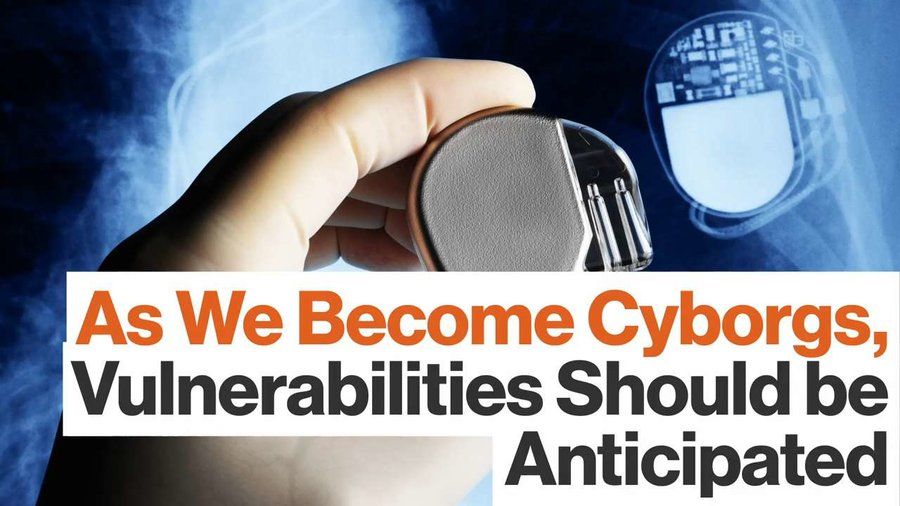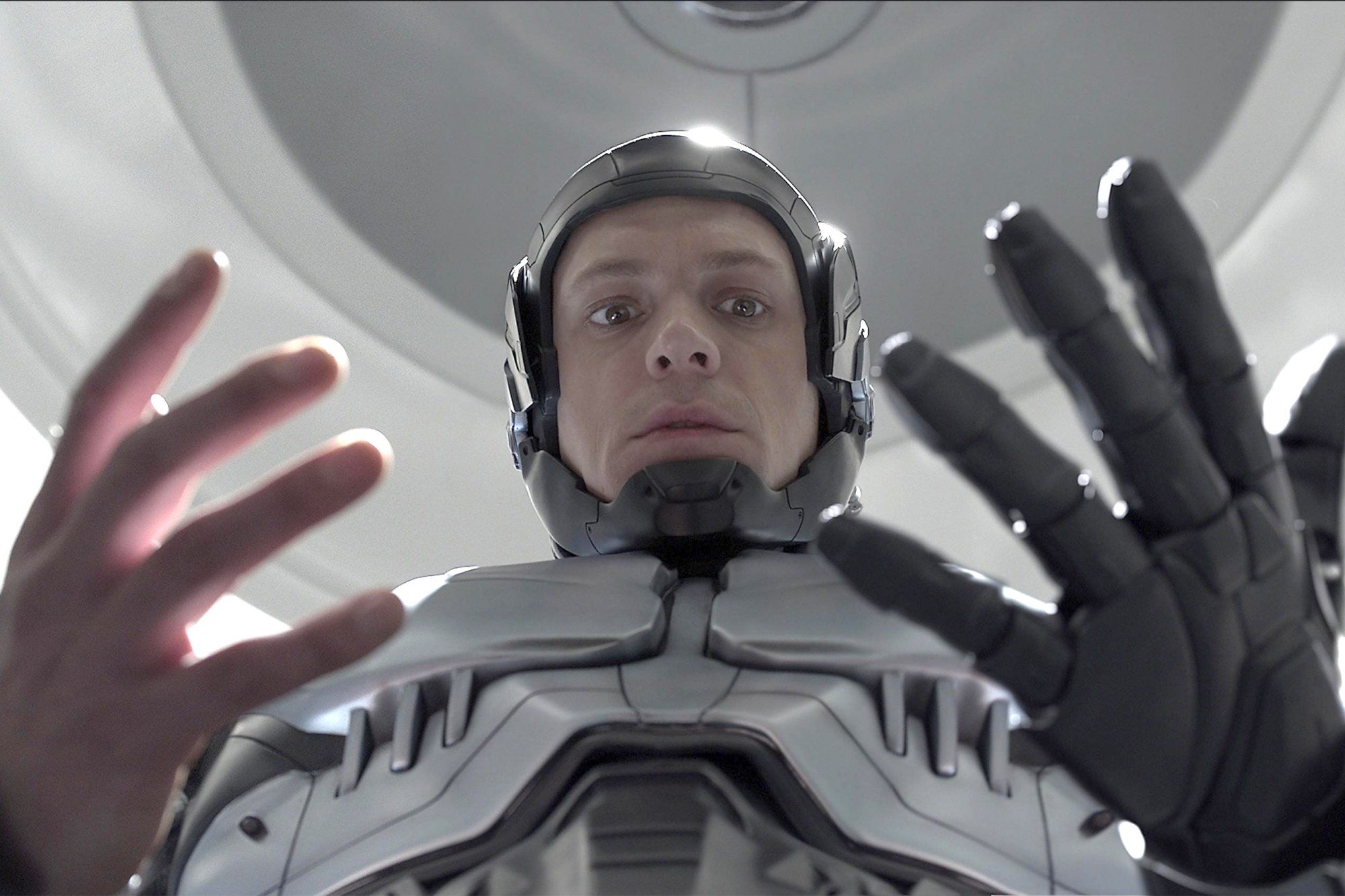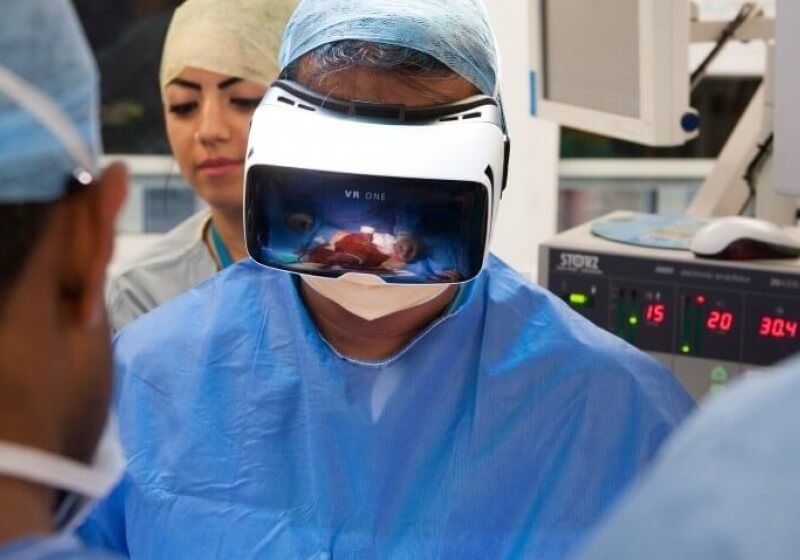May 7, 2016
Purdue technology revolutionizes future of artificial limbs
Posted by Karen Hurst in categories: cyborgs, transhumanism
Expansion of BMI and Bionics has now come to Purdue University.
WEST LAFAYETTE, Ind. (WLFI) — Researchers at Purdue have been working on technology that will help pave the way for the future people who use artificial limbs.
“The point of these research labs is to discover new technologies that we can translate into the real world and make the world a better place,” Purdue Center for Implantable Devices Director Pedro Irazoqui said.
Continue reading “Purdue technology revolutionizes future of artificial limbs” »


